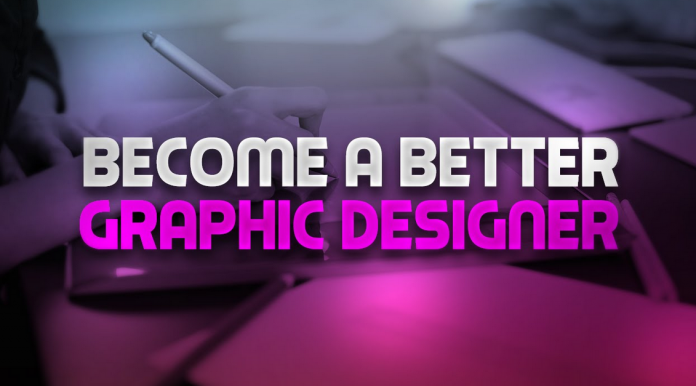There are a few professions that require just determination to excel in them. Good schooling, desire to learn and ability to work hard in these areas will contribute to fair success. There are some you can remember only if you are serious about them, i.e. medicine or nursing. are occupations that require a generous dose of talent, not just zeal and commitment. All creative occupations fall in this category, including graphic design.
The seeds were definitely sown back in childhood for those dreaming of being a graphic designer when they got their first A in art class.
If you’ve now reached a stage where your idea of fun involves tinkering with design tools on your computer creating fine works of art, from drawing pictures in your childhood that still adorn the walls of your home, then you’re the perfect candidate for a career in graphic design.
Graphic design is defined by combining text and images as visual communication. In other words, a message, idea or concept is expressed in graphic design. When a photo is worth a thousand words, the most prolific authors we know are graphic designers.
And if graphic design is what you want for the rest of your life, it’s time to start the action. Here’s a three-step guide to a graphic designer.
Step 1: Get Informed
The first step to becoming a graphic designer is to gather important and lots of knowledge about the profession. Some questions you may want answers to include:
Any Internet work should answer most of these concerns. You can also interview first-hand experts in the industry. Career counsellors and admissions consultants may also be able to provide helpful job information. You can also learn more about this through online graphic design course such as Blue Sky Graphics.
Step 2: Get Qualified
The second step in becoming a graphic designer is to get the training you need. You must learn a few things about this career before applying for an acceptable program. Creativity alone can’t succeed in this field. You need to combine it with business knowledge and computing.
Expertise in using different design tools and software programs is as critical as skill for a new age graphic designer. Because a graphic designer’s role requires knowing client needs and the target market, business awareness is also important.
That’s why choosing a degree in graphic arts is important to give you a strong base in web design strategies, programming skills, and business principles.
While many professionals get their foot in the door with short-term technical graphic arts certifications, having a strong portfolio will certainly improve the marketability. Many colleges and universities offer two graphic arts programs-an associate’s degree and a degree in graphic arts and graphic design.
Step 3: Get Experienced
Gone are the days when in big companies your academic accomplishments alone could get you plum positions. These days, employers look for hands-on industry experience along with academic qualifications, particularly if you belong to an applied field like graphic arts.
Becoming a graphic designer requires more than a qualification or degree. The earlier you start building a portfolio, the higher the job market chances. Some graphic arts programs can offer students externships while still in college to get their hands dirty with design.































